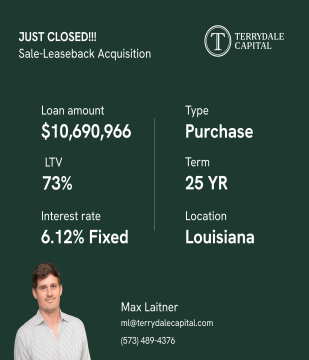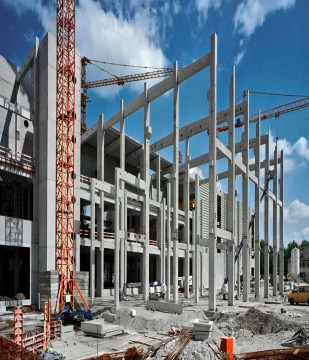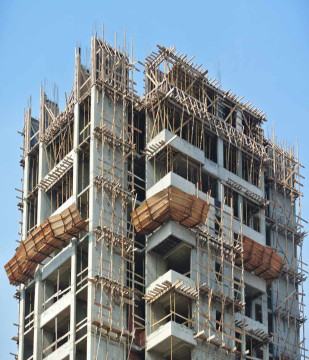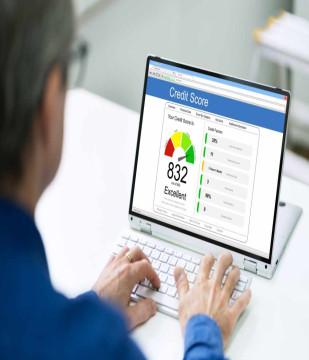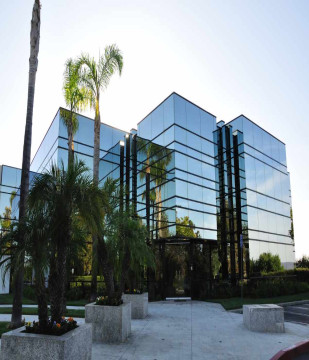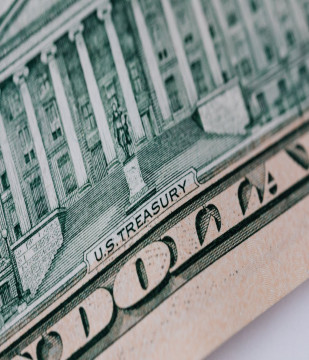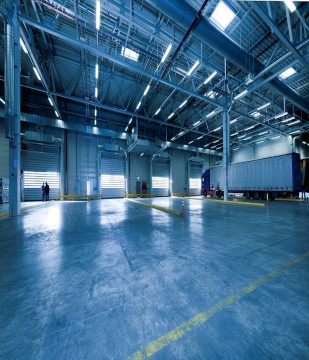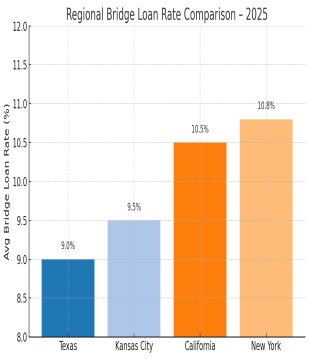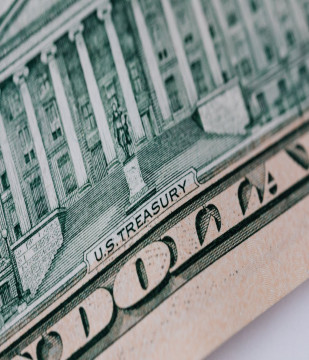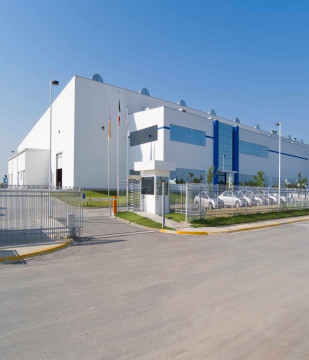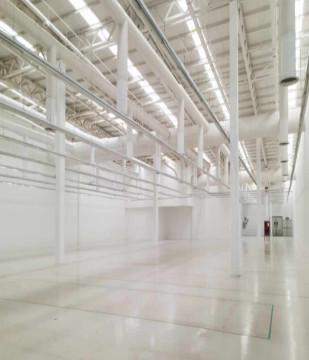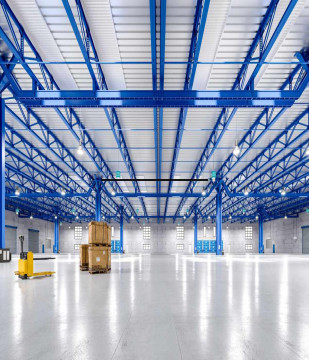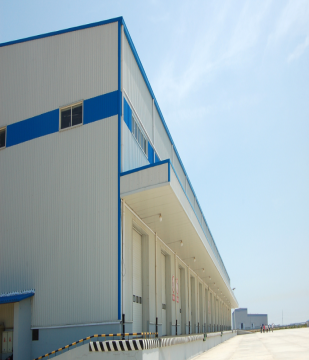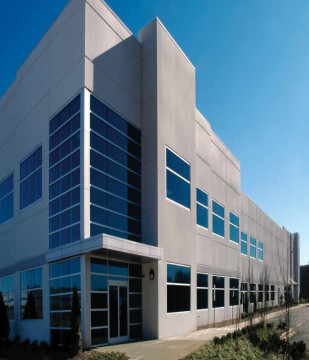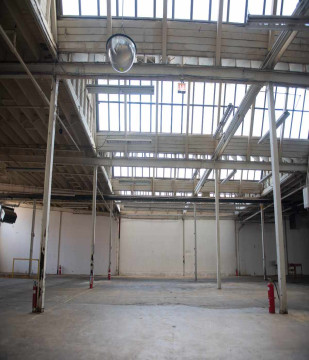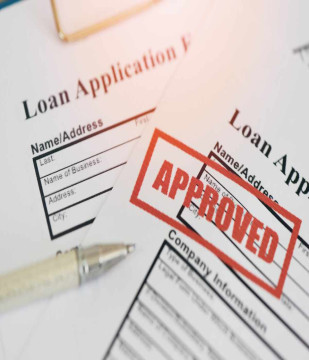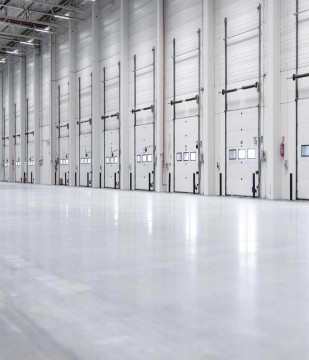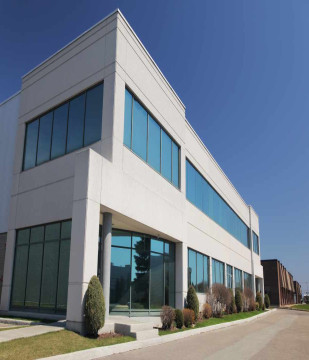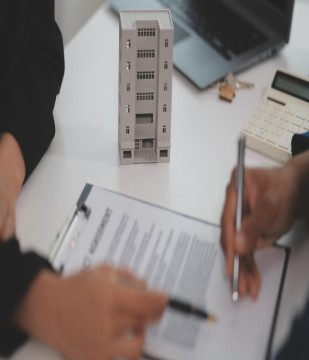Sale Leaseback Explained

Terrydale Capital
Sep 11, 2023 9 Min read
Sale leaseback is a popular financial tool used by businesses to unlock the value of their real estate or equipment assets. In a sale leaseback transaction, the business sells the asset to another party and then immediately leases it back from the new owner. This allows the business to free up capital while still being able to use the asset for its operations.
For commercial real estate investors, sale leaseback can be an attractive alternative investment opportunity. In this blog, we will explore what sale leaseback means for commercial real estate investors and why it could be considered a viable investment opportunity.
What is Sale Leaseback
As mentioned earlier, sale leaseback is a financial transaction in which a company sells an asset, such as real estate or equipment, to another party and then leases it back from that new owner. The terms of the leaseback agreement can vary, but it typically involves the company paying rent to the new owner for the use of the asset over a specified period of time.
The sale leaseback process is relatively straightforward. A company that owns a valuable asset but needs cash can sell that asset to an investor, such as a real estate investment trust (REIT), private equity firm or institutional investor. The investor, in turn, leases the asset back to the company at an agreed-upon rate.
Sale leaseback transactions are typically long-term, with lease terms ranging from 10 to 30 years. The lease rate is usually set at a market rate, but it can be higher if the asset is in a prime location or the property is of higher value.
Why Sale Leaseback is Attractive to Businesses
Sale leaseback can be an attractive financial tool for businesses that need capital but do not want to give up ownership of their assets. There are several benefits of sale leaseback, including:
- Cash Flow: Sale leaseback provides a lump sum of cash that businesses can use for a variety of purposes such as paying off debt, funding expansion projects or investing in new products or services.
- Tax Benefits: The sale of an asset can generate a tax deduction for the company, which can help to reduce their tax liability.
- Asset Utilization: By leasing back the asset, the company can continue to use it for their operations without the burden of ownership. This allows the company to focus on their core business activities while still having access to the assets they need to operate.
Why Sale Leaseback is Attractive to CRE Investors
For commercial real estate investors, sale leasebacks can be an attractive investment opportunity. Here are some reasons as to why:
- Stable Income: Sale leaseback transactions provide a stable income stream for investors. The lease payments are typically long-term and set at market rate, which provides a predictable and stable income stream.
- Diversification: Sale leaseback can provide diversification for real estate investors. Unlike traditional real estate investments, sale leaseback provides exposure to a broader range of assets, such as equipment or other fixed assets.
- High-Quality Tenants: Sale leaseback transactions typically involve high-quality tenants, such as large corporations or government agencies. These tenants are typically reliable and have a strong track record of making timely lease payments.
- Low Maintenance: Unlike traditional real estate investments, sale leaseback does not require significant maintenance or management. The tenant is responsible for the maintenance and upkeep of the asset, which reduces the burden on the investor.
- High Returns: Sale leaseback transactions can provide high returns for investors. The lease payments are typically set at market rate, which can provide a higher return than other fixed-income investments.
Risks of Sale Leaseback
While sale leaseback can be an attractive investment opportunity for commercial investors, there are also some risks to consider such as:
- Tenant Risk: As with any lease agreement, there is risk that the tenant may default on their lease payments or potentially go bankrupt. This can result in a loss of income for the investor and potential loss of the asset.
- Market Risk: The value of the asset may fluctuate over time, depending on the market conditions. This can impact the investor’s ability to sell the asset in the future.
- Lease Renewal Risk: When the lease term expires, there is a risk that the tenant may not renew the lease or may negotiate for more favorable lease terms. This can impact the investor's ability to generate income from the asset in the future.
- Limited Appreciation Potential: Sale leaseback transactions typically involve assets that have limited appreciation potential. Unlike traditional real estate investments, sale leaseback transactions do not provide the same potential for appreciation.
In Conclusion
Sale leaseback can be an attractive investment opportunity for commercial real estate investors. It provides a stable income stream, diversification, exposure to high-quality tenants, low maintenance requirements and the potential for high returns. However, investors should also be privy to the potential risks. Before investing in a sale leaseback transaction, it is imperative to conduct thorough due diligence and even use the likes of financial professionals such as Terrydale Capital. With our collective expertise in nearly every type of commercial real estate transaction, our team is poised to guide you in the right direction for your commercial real estate investment opportunity. Contact us today to begin your journey.
Partner With Terrydale Capital for Your Debt Financing Needs
When it comes to debt financing, understanding the right timing, process, and options is crucial. At Terrydale Capital, we provide a comprehensive range of commercial loan solutions tailored to meet your business's unique needs.




